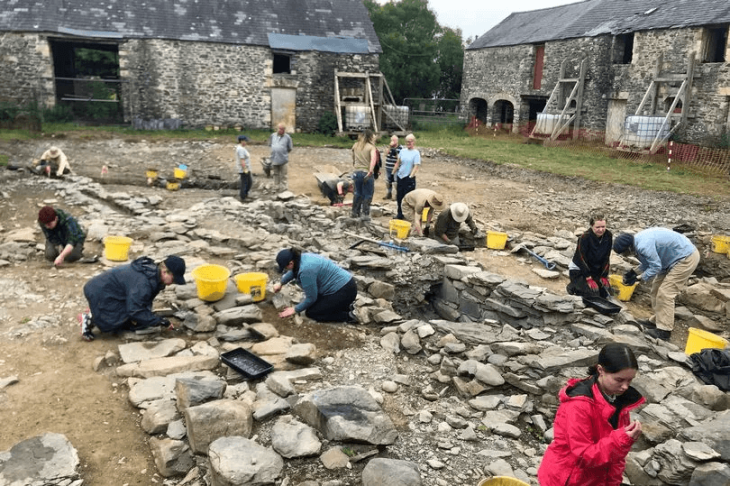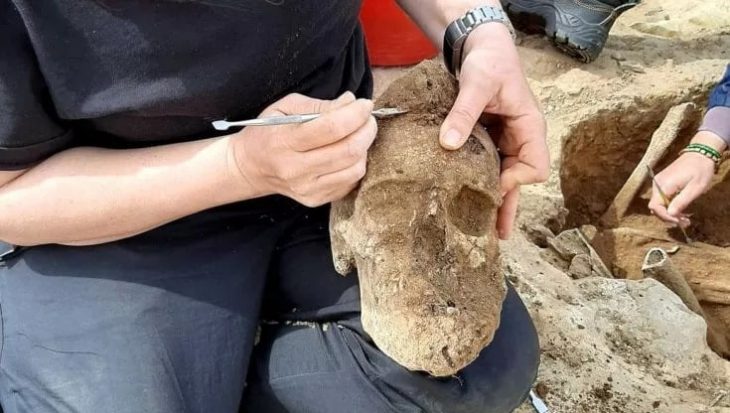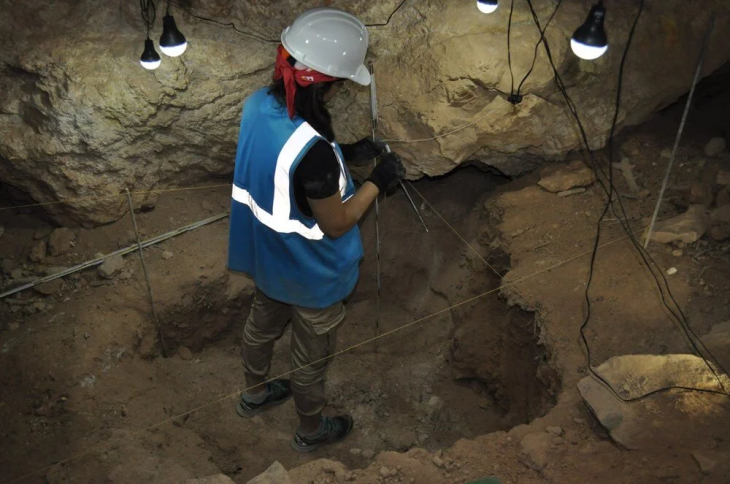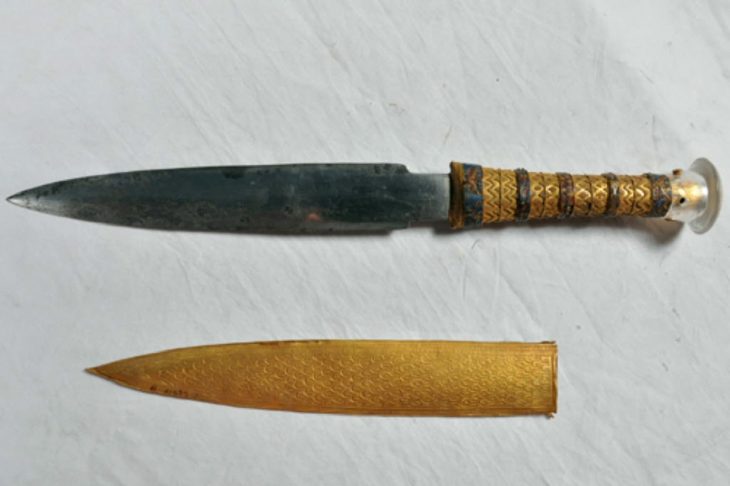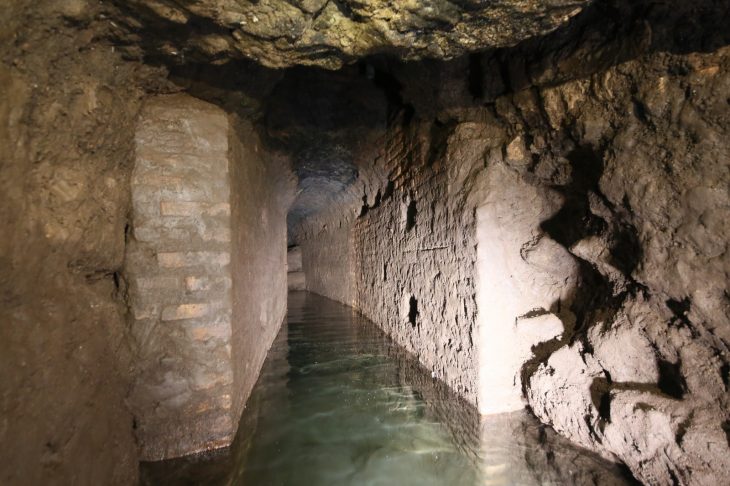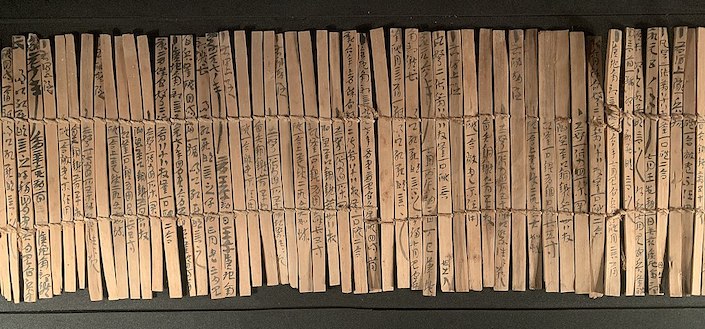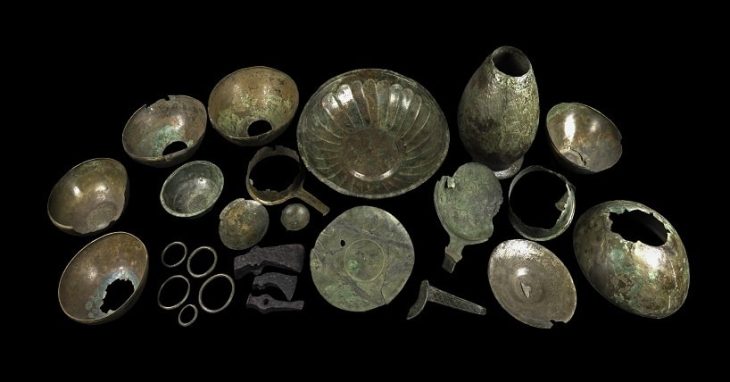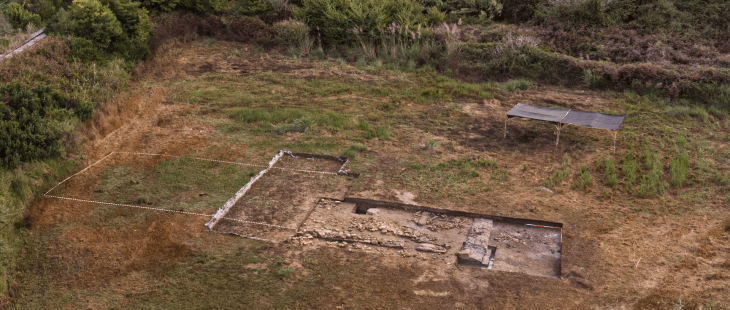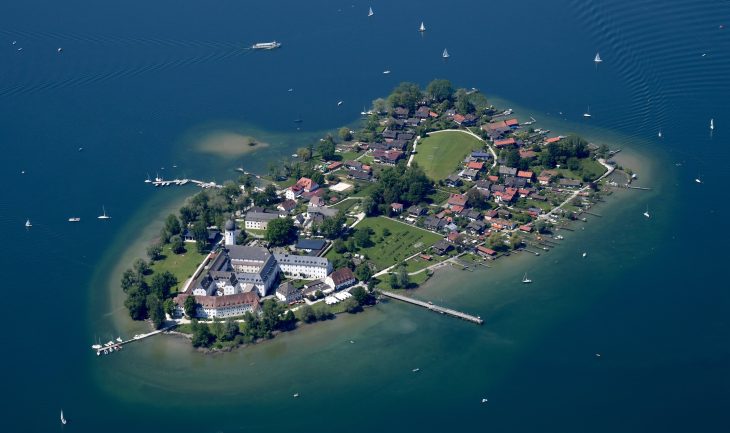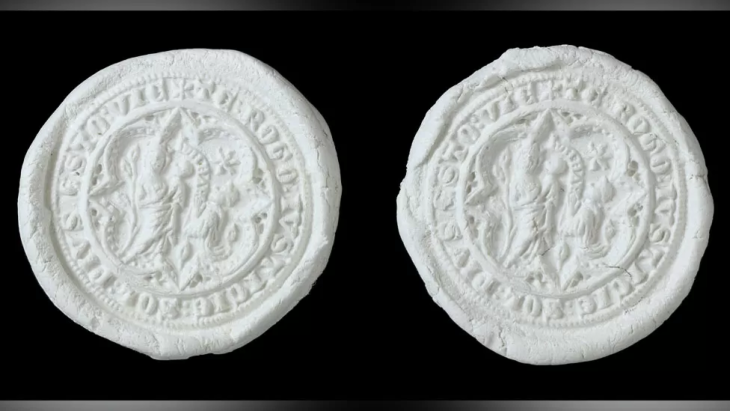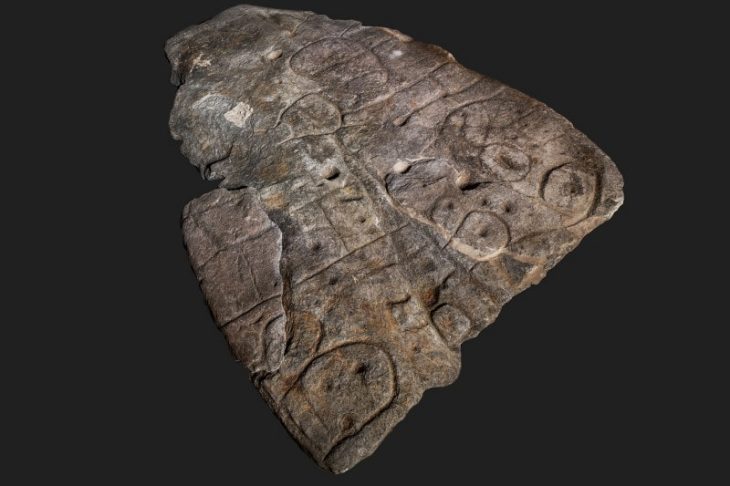A 1,600-year-old wooden pagan idol has been discovered in a bog in Co Roscommon by Irish archaeologists.
This rare artifact made more than 1600 years ago was discovered in the swamp of the town of Gortnacrannagh, 6 kilometers northeast of Rathcroghan, a prehistoric royal site.
The wood carving was discovered by a team of Archaeological Management Solutions (AMS) before the N5 Ballaghaderreen to Scramoge road project, which was funded by the Irish government and managed by the Irish Transport Infrastructure (TII) through the Roscommon County Council.
The idol was fashioned from a split trunk of an oak tree during the Iron Age, with a tiny human-shaped head at one end and many horizontal notches cut along its body.
Only a dozen such idols have been discovered in Ireland, and the Gortnacrannagh Idol is the biggest to date, standing more than two and a half meters tall.
“The Gortnacrannagh Idol was carved more than 100 years before St. Patrick came to Ireland-it is most likely an image of a pagan god. Our ancestors regarded the wetlands as mysterious places where they could connect with their gods and the afterlife The animal bones found next to the ritual dagger indicate that the animal sacrifice was performed at the site, and the idol is likely to be part of these rituals,” said Dr. Eve Campbell, an AMS archaeologist in charge of excavation at the site.
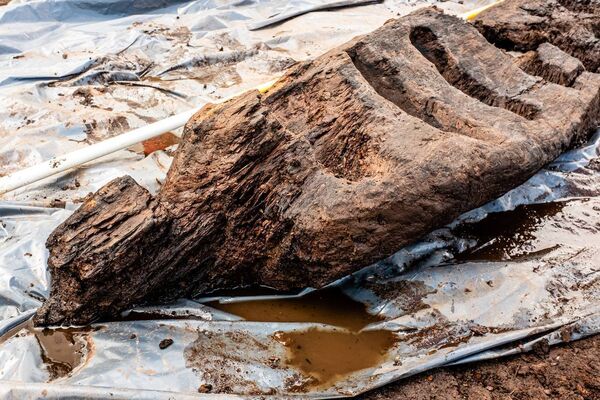
Wooden idols have been known in bogs throughout Northern Europe, where waterlogged conditions allow for the preservation of ancient wood. The Gortnacrannagh Idol is presently housed at University College Dublin, where conservator Susannah Kelly is working on preserving the ancient artifact during a three-year period. Once conserved the idol will go on display at the National Museum of Ireland.
Cathy Moore, a wood specialist, pointed out that the bottom ends of numerous figurines were similarly worked to a point, suggesting that they originally stood upright.
“Their meaning is open to interpretation, but they may have marked special places in the landscape, have represented particular individuals or deities, or perhaps have functioned as wooden bog bodies, sacrificed in lieu of humans,” she said.
A replica of the idol will be on display at the Rathcroghan Centre in Tulsk, Co Roscommon, created by AMS personnel in cooperation with members of the UCC Pallasboy Project and the UCD Centre for Experimental Archaeology and Material Culture.
Dr. Ros Maoldin of AMS stated that because the Gortnacrannagh Idol was such a rare and remarkable find, a duplicate was being made to assist people in better understand the idol and appreciate how it was made.
Cover Photo: Wood specialist, Cathy Moore, inspecting the wooden pagan idol that was found in a bog near Rathcroghan.


